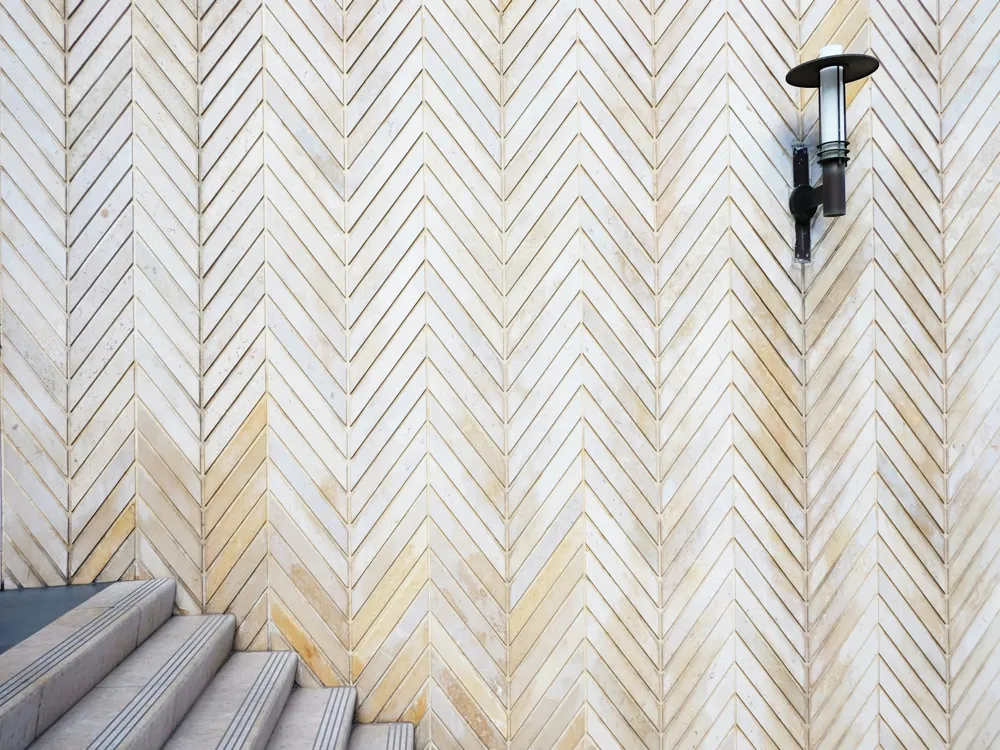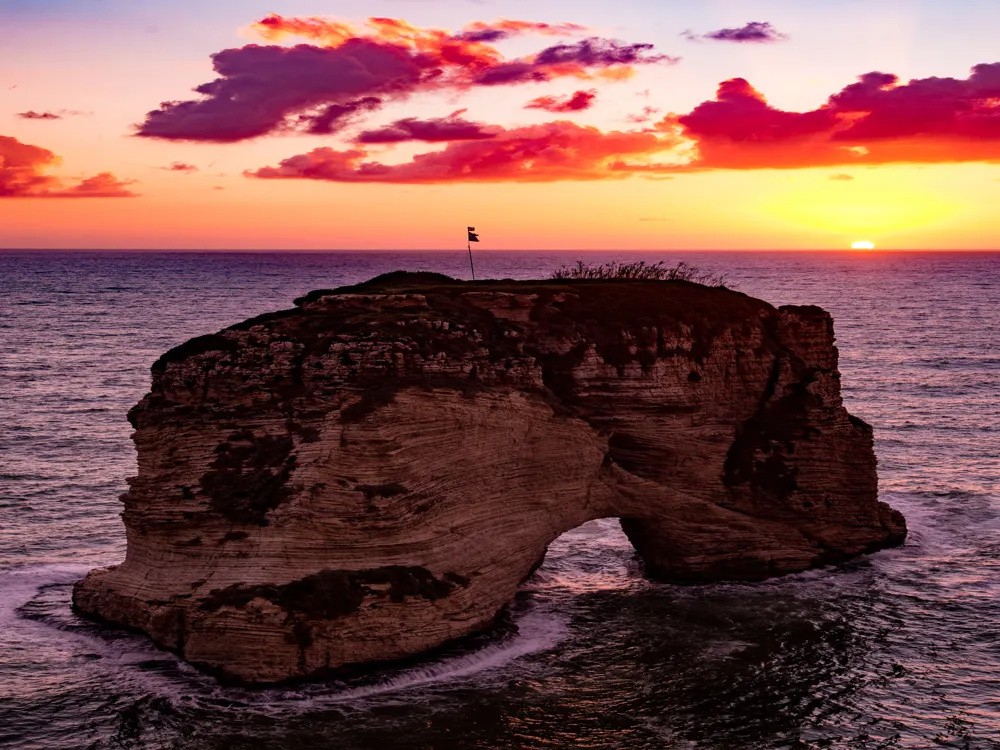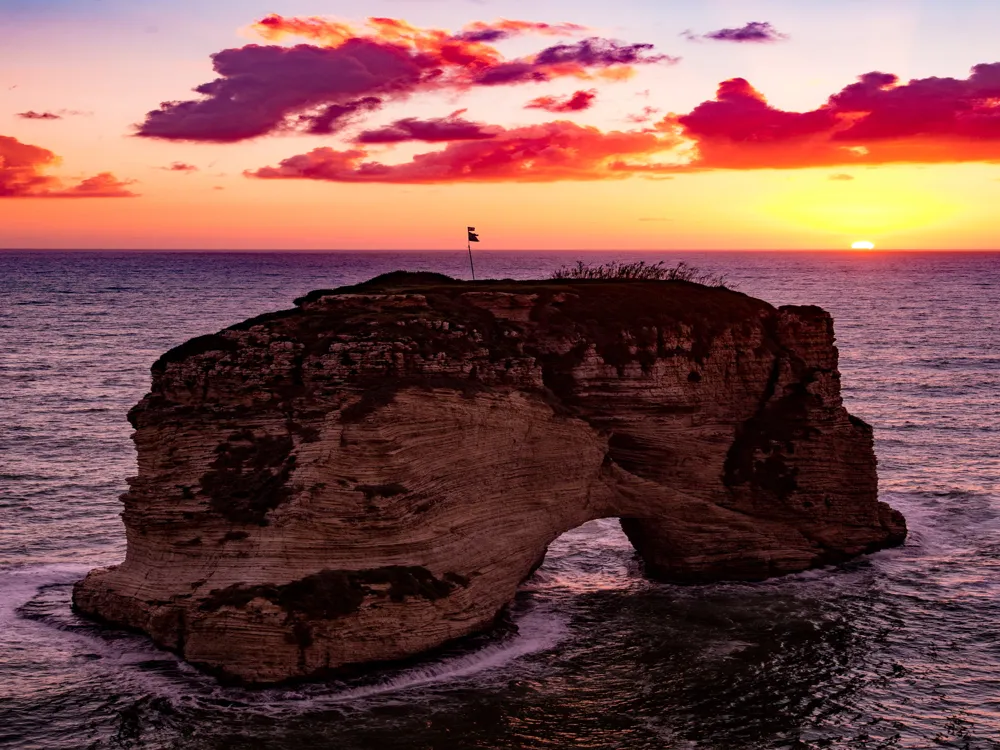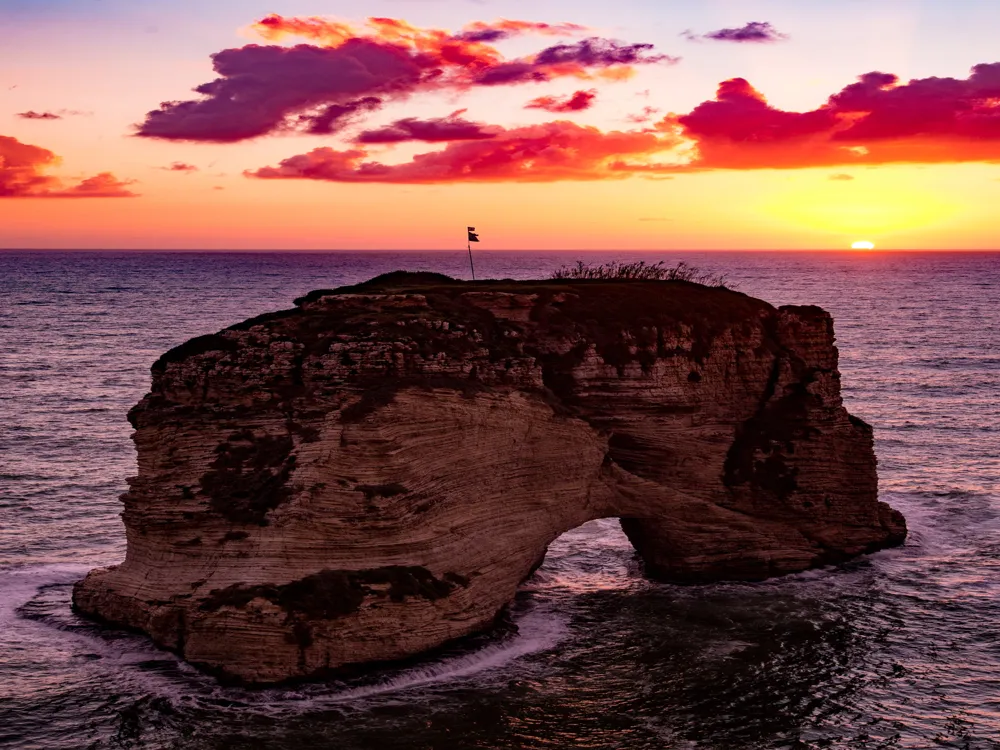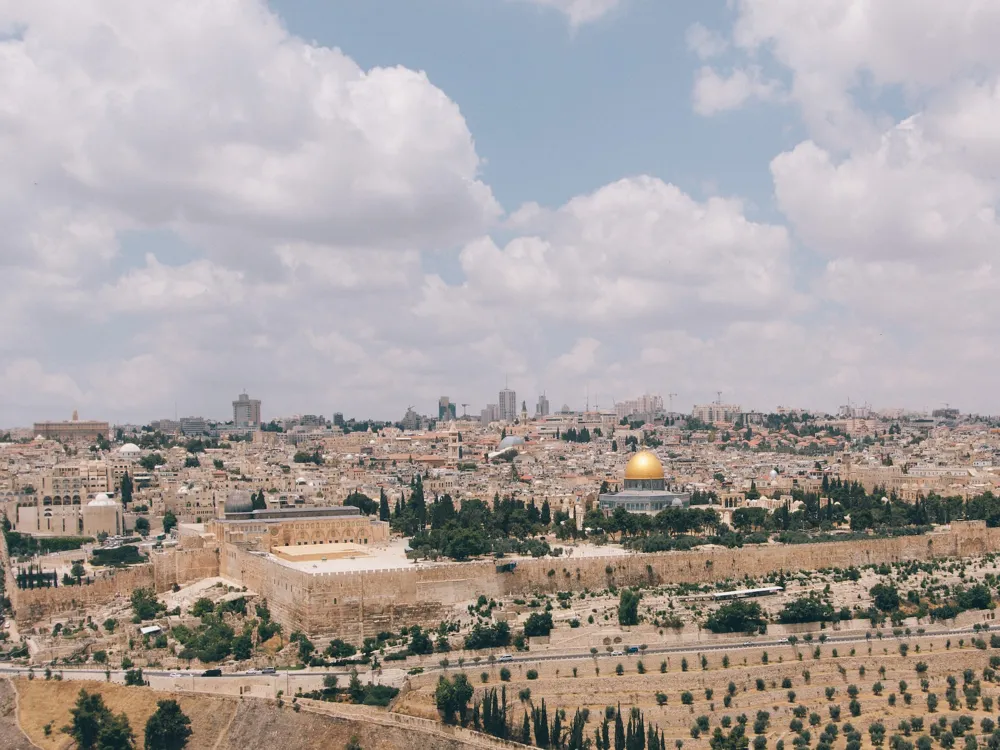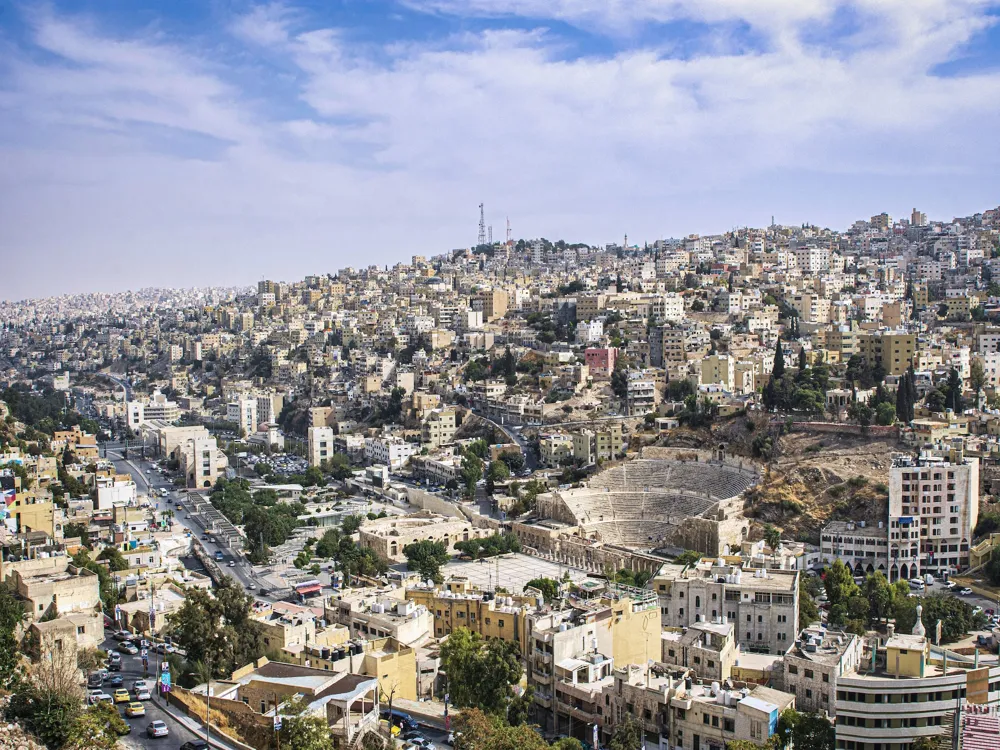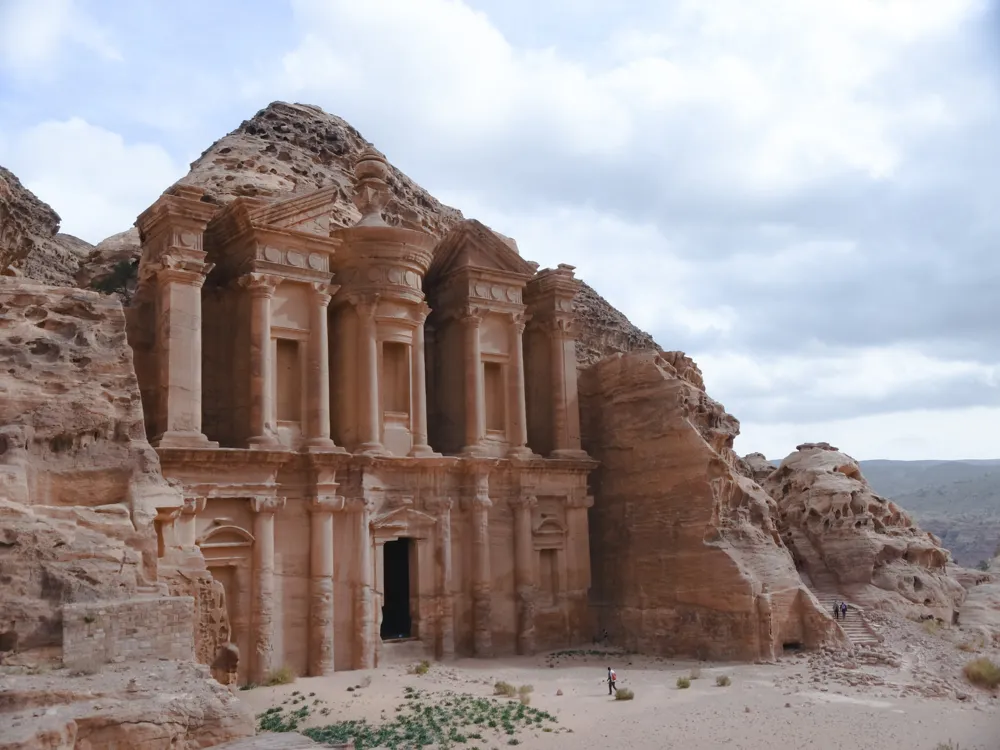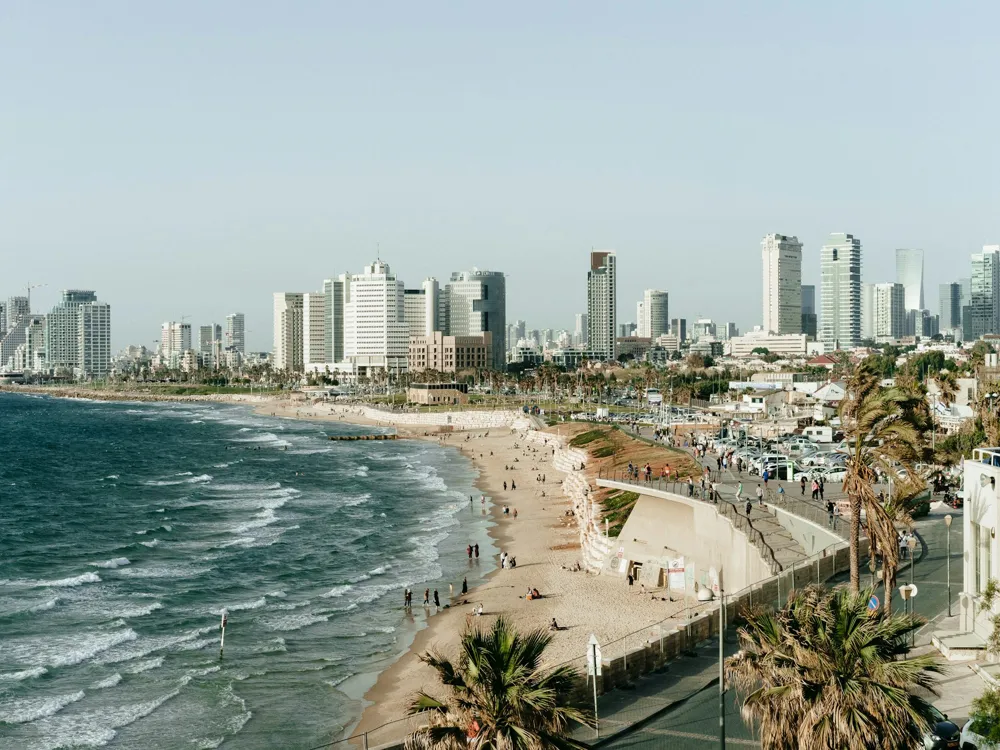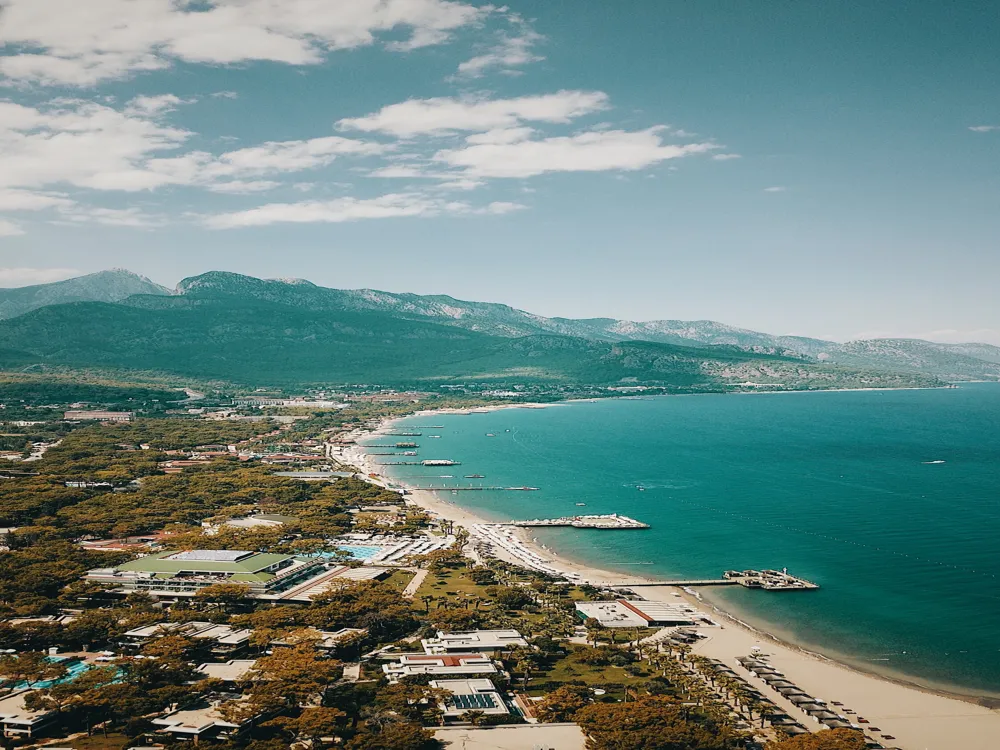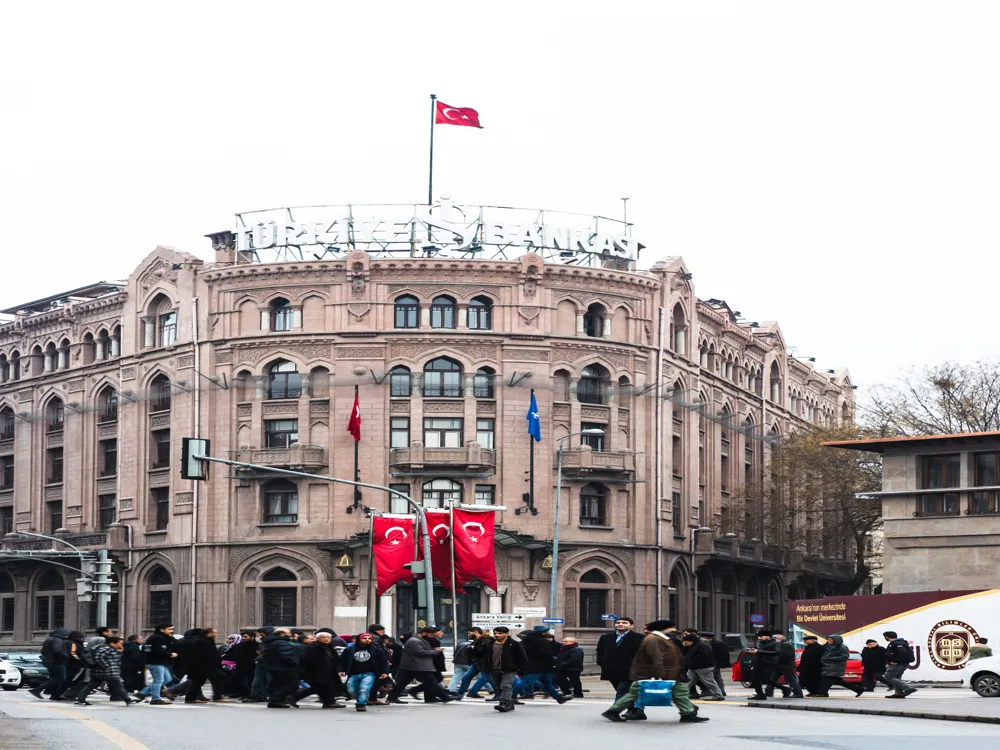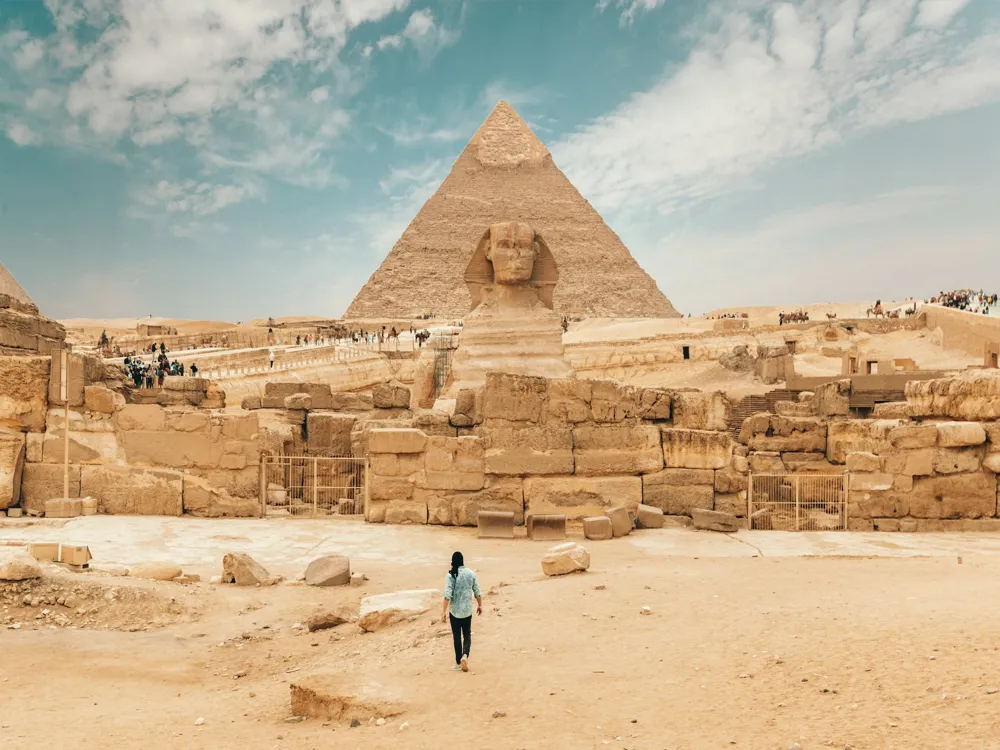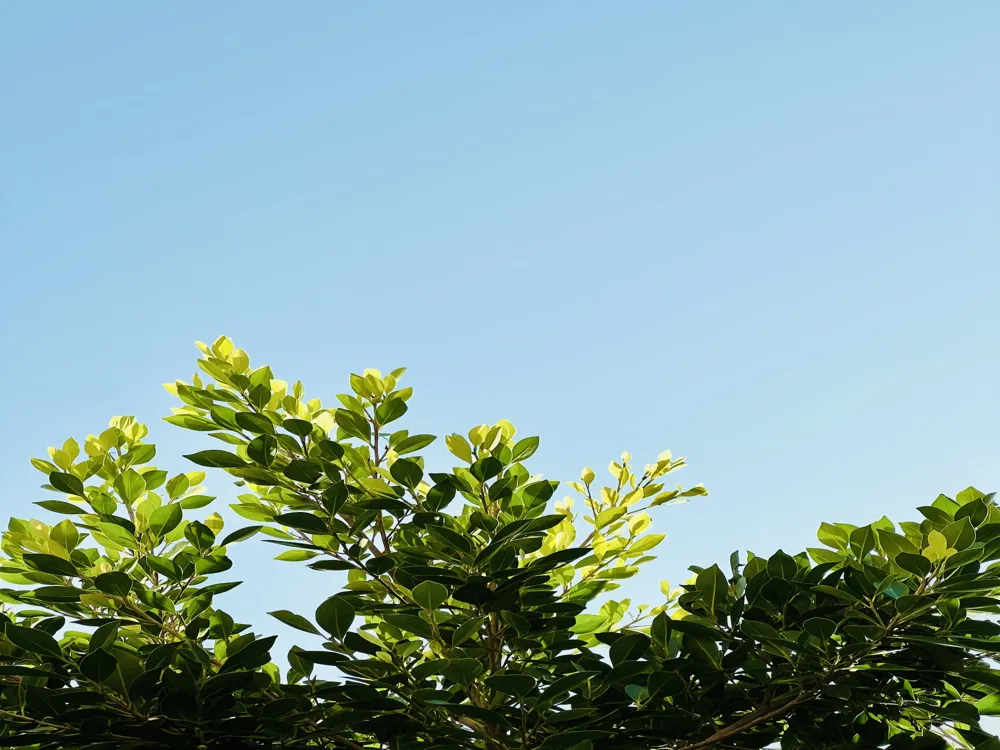The Jeita Grotto, a system of two separate but interconnected limestone caves, is a crown jewel of natural beauty in Beirut, Lebanon. Spanning an overall length of nearly 9 kilometers, these caves were formed through the dissolution of limestone and have been a marvel for explorers and tourists alike. The upper galleries, accessible by foot, present a breathtaking display of stalactites and stalagmites formed over millions of years. The lower galleries, accessible by boat, showcase an enchanting river that runs through the cave. This river is a principal source of fresh water for the Lebanese capital. The Jeita Grotto serves not just as a tourist attraction but also as a symbol of natural preservation, showcasing the remarkable beauty that nature can sculpt over time. The formation of Jeita Grotto dates back millions of years, with the limestone layers being deposited in a marine environment. Over time, with the action of water and geological shifts, these caves were carved out, creating the magnificent structures seen today. Historically, the caves were known to locals for centuries but gained international recognition in the 19th century. Since then, numerous explorations have mapped out these caves, revealing their extensive and complex structure. The ecological significance of Jeita Grotto cannot be overstated. It houses a rich variety of fauna and flora, some of which are endemic to these caves. The constant temperature and humidity levels within the caves have led to the evolution of unique species, particularly invertebrates and bats. Moreover, the grotto plays a crucial role in Lebanon's hydrogeology, being a significant source of potable water. While the Jeita Grotto is a natural formation, the term 'architecture' here refers to its geological structure and the man-made facilities developed to make it accessible. The grotto's internal architecture, comprising of the upper and lower caves, displays a variety of speleothems (cave formations) that are awe-inspiring. Stalactites, stalagmites, columns, and draperies decorate these caves in an array of forms and colors, each telling a story of its millennia-long formation. The upper cave, known for its incredible collection of stalactites and stalagmites, is a testament to the slow yet persistent power of nature. Visitors can walk through well-lit pathways, witnessing formations that range from delicate needle-like structures to massive columns. The lighting within the cave is designed to enhance the natural beauty of these formations while preserving the cave’s ecosystem. The lower cave offers a completely different experience, as it includes a boat ride on a subterranean river. This part of the cave is a magical world of rock and water, where the sound of the flowing river adds to the ethereal ambiance. The river is not only a spectacle for visitors but also a vital lifeline, contributing significantly to Beirut's water supply. Significant efforts have been made to make the Jeita Grotto accessible while preserving its natural beauty. Walkways, lighting, and boat services in the lower cave have been carefully designed to offer a safe and enjoyable experience for visitors. These structures have been built with an emphasis on minimizing environmental impact, ensuring the preservation of the grotto's delicate ecosystem. The best time to visit Jeita Grotto is during the spring and fall when the weather is mild, and the tourist rush is comparatively less. During these seasons, the natural beauty of the caves is at its peak. Visitors are advised to wear comfortable shoes as the ground inside the caves can be slippery. It's also recommended to carry a light jacket as the temperature inside the caves is cooler than outside. Photography is strictly prohibited inside the caves to preserve the natural environment and prevent disturbances. Visitors should respect these rules to ensure the protection of this natural wonder. Jeita Grotto is located approximately 20 kilometers north of Beirut. It can be reached via car or taxi, and there are also regular bus services from Beirut to Jeita. The journey takes about 30 minutes from the city center. There's ample parking available for those driving to the grotto. For international tourists, the nearest airport is Beirut-Rafic Hariri International Airport, from where one can hire a taxi or take public transport to reach the grotto. Read More:Overview of Jeita Grotto in Beirut
Geological Formation and History
Ecological Significance
Architecture of Jeita Grotto
Upper Cave
Lower Cave and the River
Man-Made Structures and Accessibility
Tips When Visiting Jeita Grotto
Best Time to Visit
Safety Precautions
Photography Rules
How To Reach Jeita Grotto
Jeita Grotto
Beirut
NaN onwards
View beirut Packages
Weather :
Tags : Cave
Timings : 8:30 Onwards
Entry Fee : Free
Planning a Trip? Ask Your Question
Beirut Travel Packages
View All Packages For Beirut
Top Hotel Collections for Beirut

Private Pool

Luxury Hotels

5-Star Hotels

Pet Friendly
Top Hotels Near Beirut
Other Top Ranking Places In Beirut
View All Places To Visit In beirut
View beirut Packages
Weather :
Tags : Cave
Timings : 8:30 Onwards
Entry Fee : Free
Planning a Trip? Ask Your Question
Beirut Travel Packages
View All Packages For Beirut
Top Hotel Collections for Beirut

Private Pool

Luxury Hotels

5-Star Hotels

Pet Friendly







